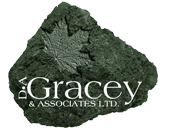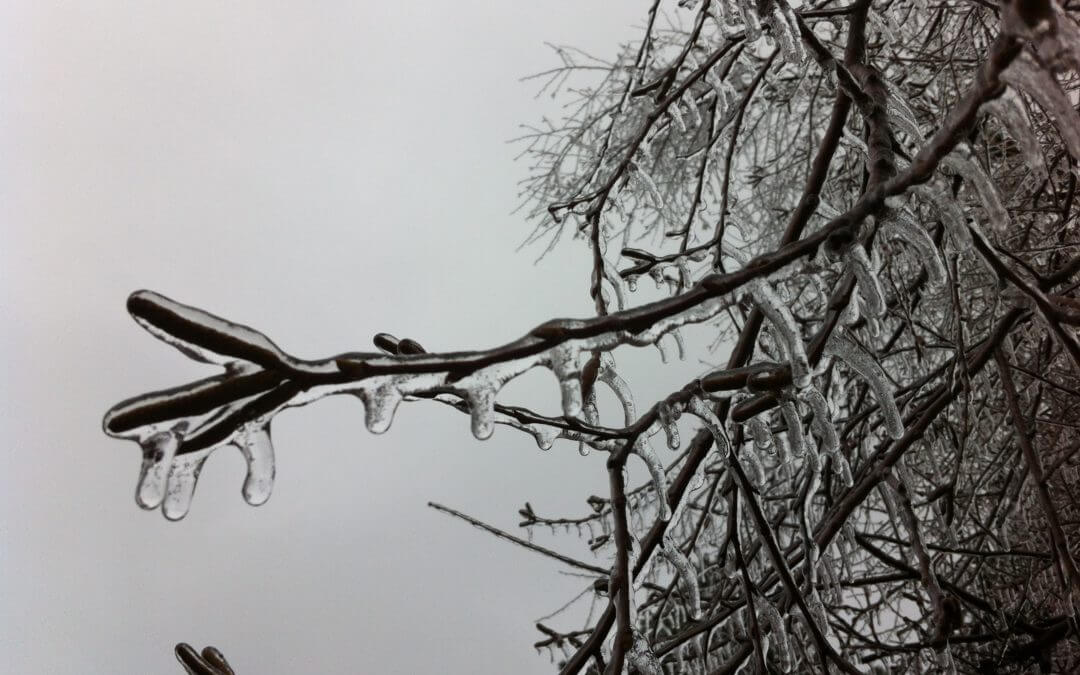What an end to 2013! With the countdown to Christmas in the final days, the ice storm really messed up every and all plans for the holidays. Now that everyone has survived, recovered and been reconnected; we have time to assess the damage that the storm wreaked upon us. I think after dealing with electrical repairs, broken water pipes, spoiled food supplies, everyone just wants to catch their breath. So many people have also had to deal with emergency tree work to deal with broken branches and entire trees that have fallen or are leaning against houses, driveways, hydro wires, cars, etc. With that initial clean-up done, what are the next steps in the recovery of your trees, shrubs and your landscape? · Move as much of the damaged branches and debris to the curb as possible. They will shortly be covered in snow, and much harder to find and move. I think it would be a nasty surprise to find and have to move all this stuff in the spring, as the snow melts. Hopefully by then our municipalities will have ‘chipped in’ to get rid of all the debris that ends up at the curb. · Don’t do any pruning or removal of damaged branches that are still covered in ice. Many trees and shrubs have an amazing ability to bounce back after the weight of the ice disappears. Do not try and remove any ice yourself, as this causes more damage to the branches. Sunshine and warmer temperatures will eventually melt the ice, bit by bit, allowing the trees to gradually return to their original shape. · Be prepared to assess your landscape in early spring. Know that any trees such as Maples and Birch will be weeping sap at every wound or damaged area. This will weaken the trees, and leave access points for disease and fungal infestation. Plan on fertilizing damaged plant material in the spring, to give them the strength and vitality to fight off infestations and grow healthy new tissue to repair the damage to bark and branches. Spring will be the time to finish pruning and do remedial repair work to your damaged plants. · If in doubt about the integrity or safety of a damaged, mature tree, call in a professional Arborist or tree care company to make an assessment. Many damaged trees can be cabled to preserve them for many years to come. Be especially careful in ,assessing trees that are close to or overhanging your home, patio or driveway. · If there are trees and shrubs that have to be completely removed, carefully consider your options for replacement. Look around now to see which species and varieties of trees weathered the storm with little damage. Looking around my house; the Chanticleer Pears, Copper Beech, Yellow Bird Magnolia, Ivory Silk Lilacs and Glenleven Lindens have all emerged from their icy covering totally unscathed. That definitely moves them up the scale in my popularity rating! At the same time, see which trees (Silver Maples) are the ones that were most damaged and do not replant those. When you replant, really think about the location of your replacement plants. Do not automatically plant them back in the same location without checking to see if there is a better place; less likely to be damaged by ice or cause damage to something else. As well consider the aesthetics of the location as well. Looking forward to spring, maybe by then we will consider the pruning, removals and replacements as part of the natural cycle that all Gardeners and Landscapers spend so much of their time involved in. May we be pleasantly surprised by the resilience of Mother Nature as we move forward!
Recent Posts
Archives
- July 2017
- March 2017
- February 2017
- January 2017
- June 2016
- May 2016
- April 2016
- March 2016
- February 2016
- January 2016
- September 2015
- August 2015
- July 2015
- May 2015
- April 2015
- March 2015
- February 2015
- January 2015
- October 2014
- September 2014
- August 2014
- July 2014
- May 2014
- April 2014
- March 2014
- February 2014
- January 2014
- December 2013
- November 2013
- September 2013
- May 2013
- April 2013
- March 2013
- February 2013
- January 2013
- December 2012
- November 2012
- October 2012
- September 2012
- August 2012
- June 2012
- May 2012
- April 2012
- March 2012
- February 2012
- January 2012
- December 2011
- November 2011
- September 2011
- August 2011
- June 2011
- May 2011
- April 2011
- March 2011
- February 2011
- January 2011

